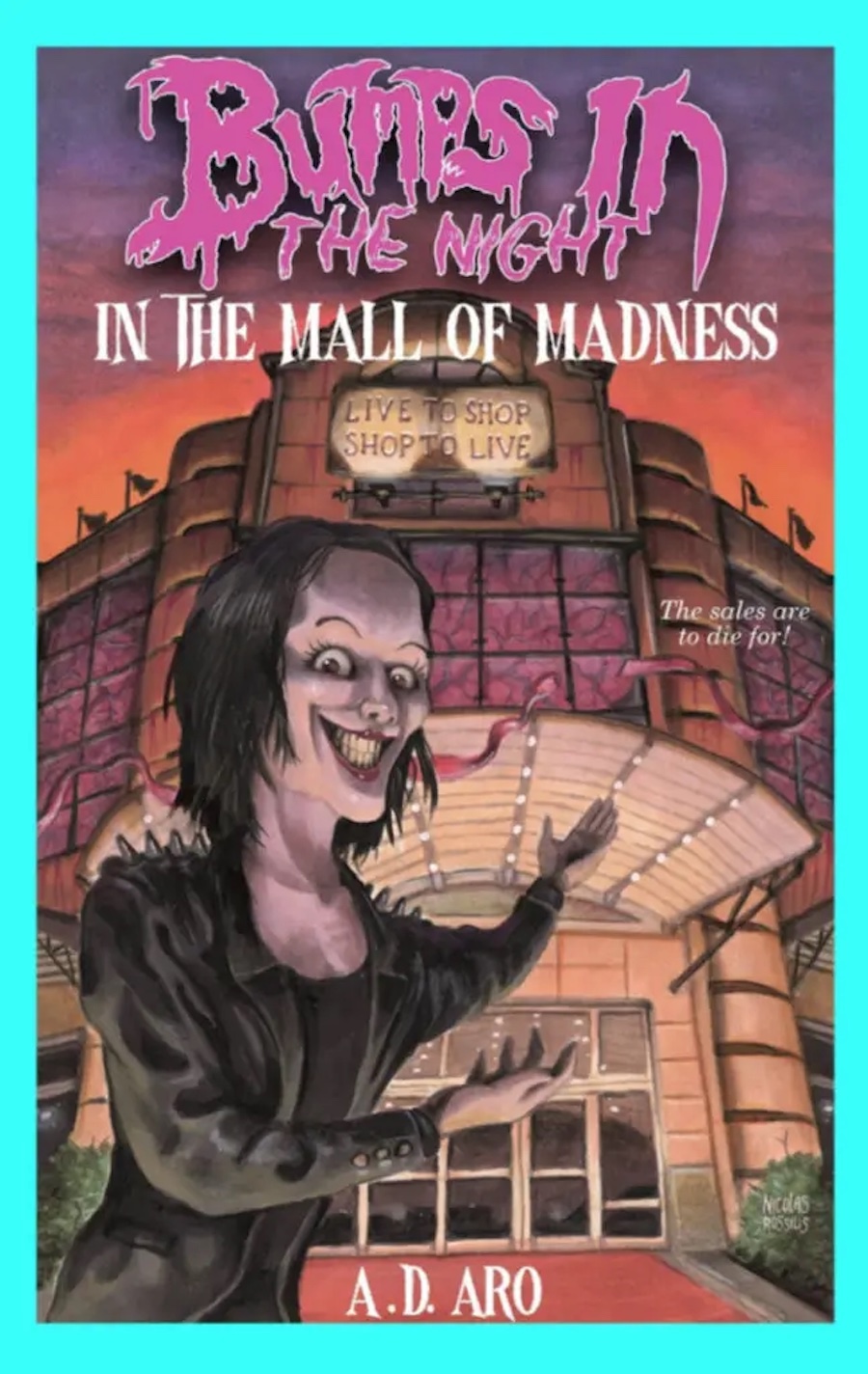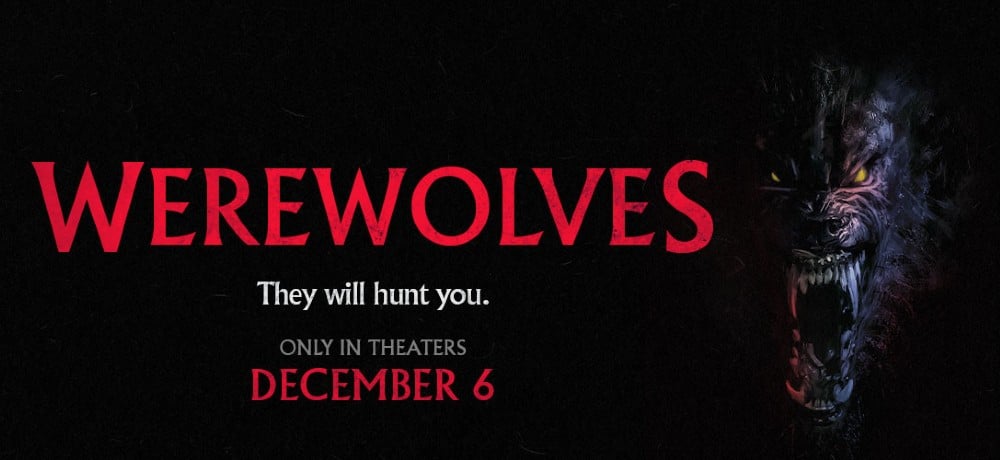Who says a good horror flick requires darkness? There is undoubtedly a distinctive quality to nighttime in movies, but it doesn’t always have to be that way. This list consists of seven horror gems that have captured our hearts over the years, suggesting that dark rooms or scary woods in the middle of the night aren’t necessary to create the perfect horror atmosphere. These flick depict gore in broad daylight, confirming that sometimes true terror is graphic terror.
The Texas Chainsaw Massacre
Sally and her paraplegic brother gather a group of friends and head towards their family’s country house. What they are not aware of is that the area is infamously haunted by a maniac known as Leatherface, who roams the neighborhood with a chainsaw, collecting human bones. The region is filled with body parts from his victims, and the characters’ stay gradually transforms into a living nightmare. While the premise may seem common for classic slashers of its era, what often goes unnoticed is that this old-time cult classic did everything first and did it best. Tobe Hooper’s The Texas Chainsaw Massacre delivers real and raw terror, using the pure Texas sunlight as its primary source of illumination to depict brutal violence, showcasing the harsh reality of the countryside.
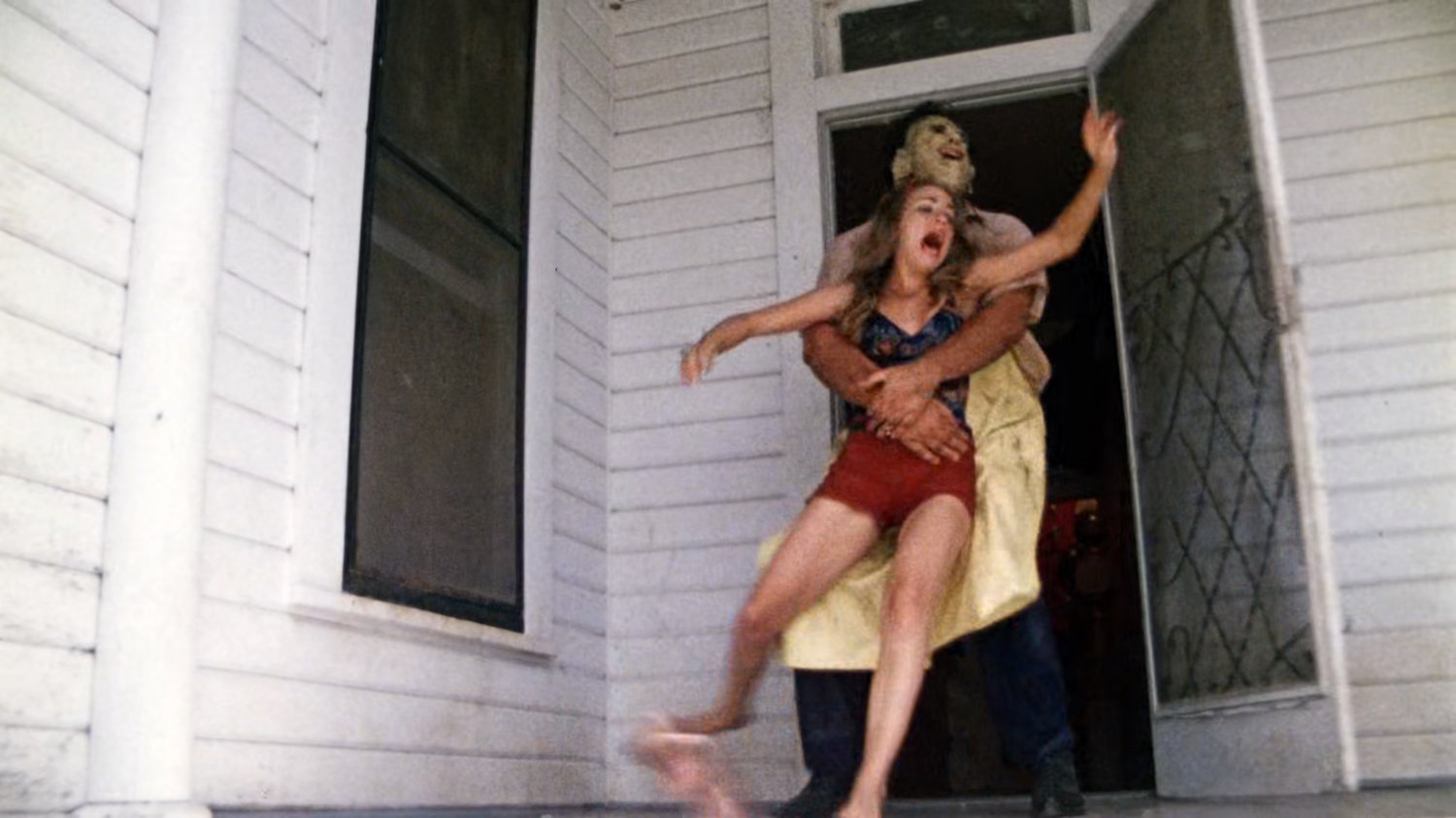
The Hills Have Eyes
A fun family road trip turns into a bitter farewell for each member when the protagonists accidentally fall into a trap built by vicious cannibals. While most horror movies are typically portrayed in darkness, cannibal movies are preferably depicted in daylight. This way, all the gore and violence make more sense, creating tremendously traumatic images that very few viewers will be able to forget. The unfortunate family suddenly becomes a potential ‘gourmet dish’ for a team of sadistic murderers who may not possess knives, pistols, axes, or chainsaws, but they do have killer teeth! The Hills Have Eyes is Wes Craven’s second feature film, and perhaps, one of his greatest masterpieces as well.
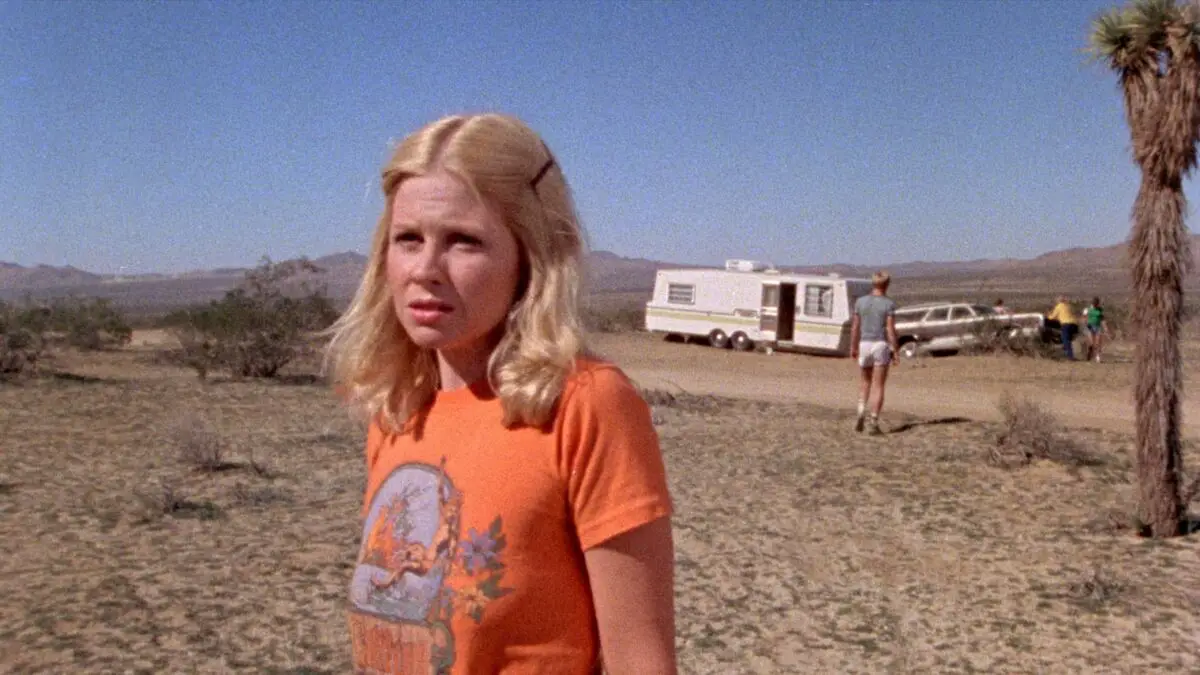
I Spit on Your Grave
After Wes Craven’s nauseating feature film debut with The Last House on the Left, the 1978 horror film I Spit on Your Grave appeared to include all the gruesome details that previous filmmakers of the ‘rape-revenge’ subgenre might have skipped. The unfortunate heroine is gang-raped by a group of ruthless men and seeks revenge shortly after. Due to its perverted brutality depicted in broad daylight, this sick flick was banned in various countries, remaining one of the most controversial pictures of all time.
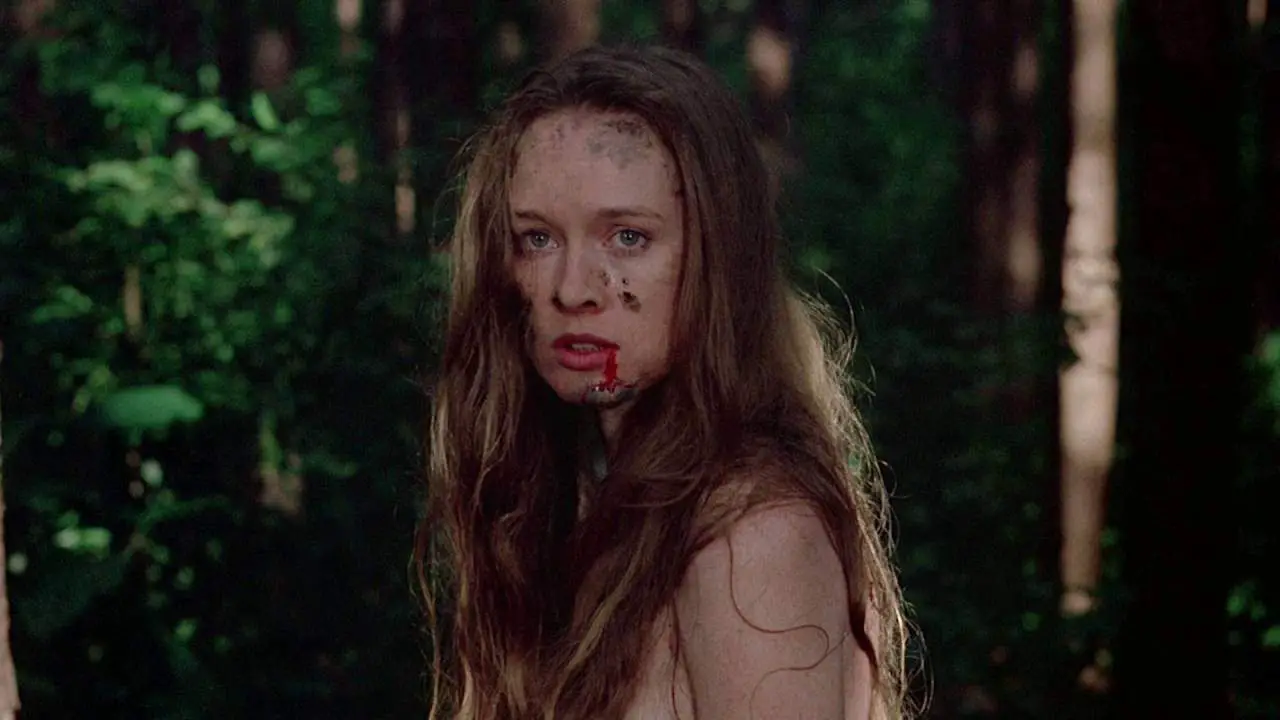
Piranha
A few years after the enormous success of Jaws, Joe Dante’s Piranha was created. While not as dark as Spielberg’s aquatic horror, Piranha brings a lighter and more humorous twist to the genre. The flick sees deadly piranhas infesting Lost River Lake and the local camp. After a young couple goes missing, a female skip tracer and a hired guide unintentionally unleash the marine killers while searching for traces of the missing ones. In this horror gem of the ’70s, the crystal blue water turns into a bloody hell as the piranhas devour the clueless citizens in broad daylight.

The Devil’s Rejects
The story of The House of the 1000 Corpses continues as the satanist protagonists wander around the Texas countryside in search of their next prey. The senseless bloodshed persists, with no need to even wait for nighttime. Musician, director, and artist Rob Zombie once again reveals his nostalgia for old exploitation and casts his muse and wife, Sheri Moon, in the protagonist’s role, creating one of the most malicious characters in movie history specifically for her.
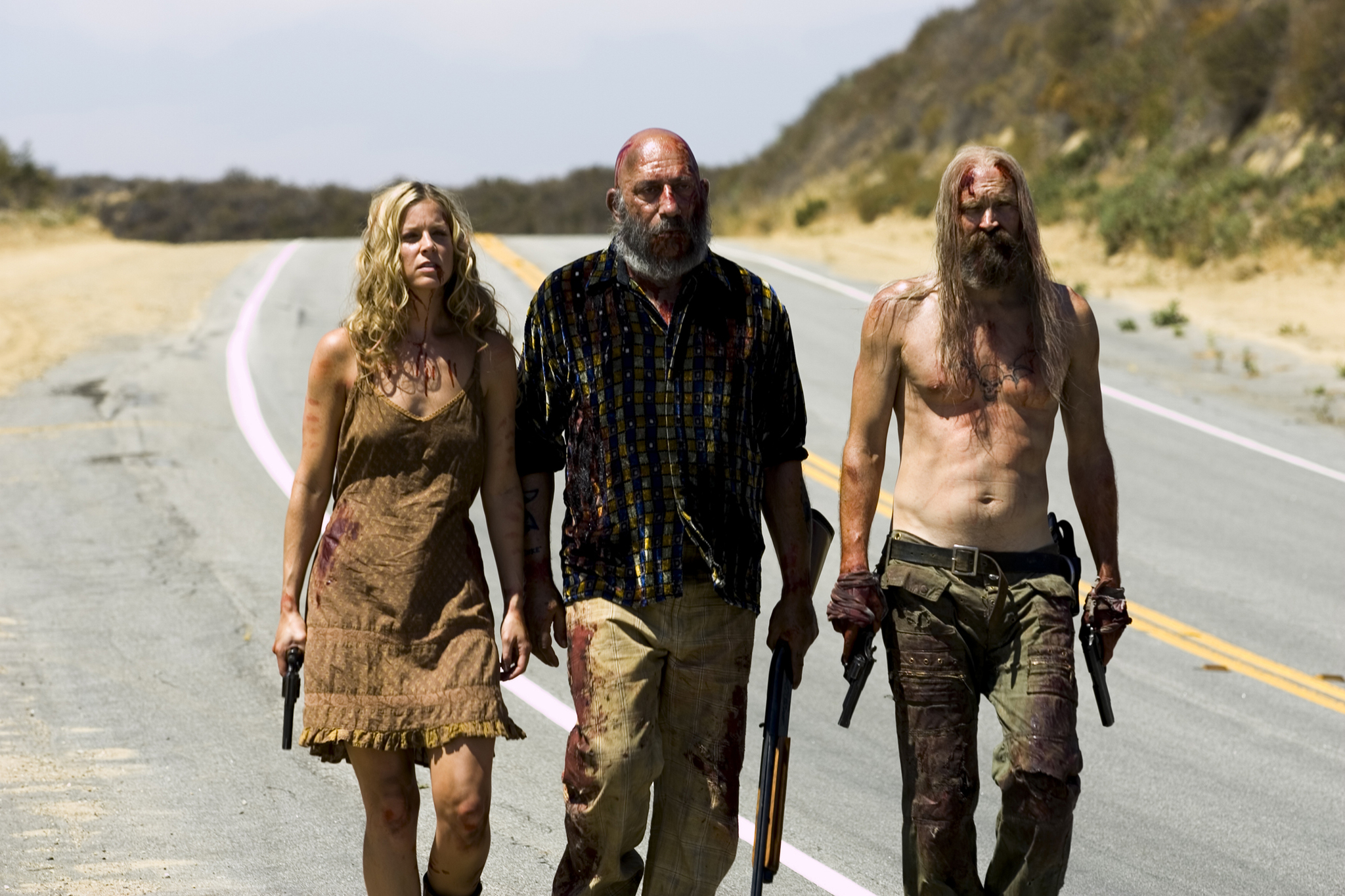
The Green Inferno
Eli Roth’s The Green Inferno can be successfully considered an honorable dedication to the shocking Cannibal Holocaust, as well as a hymn to the long-gone but not forgotten exploitation genre. The director of the Hostel series lands in the chaotic Amazon rainforest alongside a group of student activists who aim to raise awareness about human activity’s impact on nature and its habitat. On their way back, the students’ plane crashes, leaving them trapped in the idyllic yet perilous ‘Green Hell,’ where they soon find themselves captured by a cannibal tribe that inhabits the area. What really stands out is the characters’ fear of daylight when the tribe starts getting hungry. Trapped like animals in cages, the remaining members of the team struggle to escape their predators.
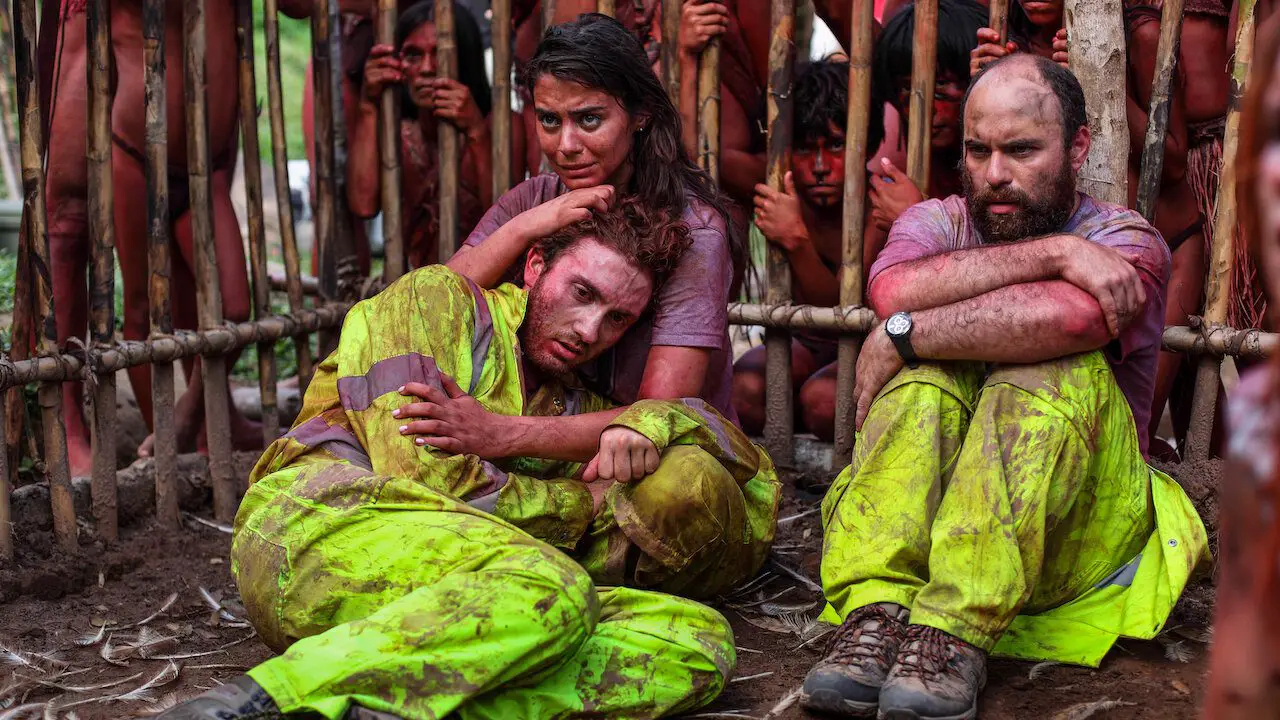
Midsommar
Dani, a college student, is currently going through the harshest trauma in her life. Her bipolar sister, who has been suicidal, ends her own life, as well as the lives of their parents, leaving Dani devastated and alone. Her distant boyfriend decides to take her with him and his buddies on a trip to rural Sweden for a midsummer festival. During their stay, they experience a terribly long ‘bad trip’ that brings back hurtful memories Dani desperately battles to escape from. The eccentric citizens of the town carry out bizarre Pagan ceremonies while committing real-time crimes under the scorching sun. Ari Aster’s masterwork resurrects the ‘folk horror’ genre, giving off vibes similar to The Wicker Man at times, but its plot is unique, allegorical, and genuinely exciting.
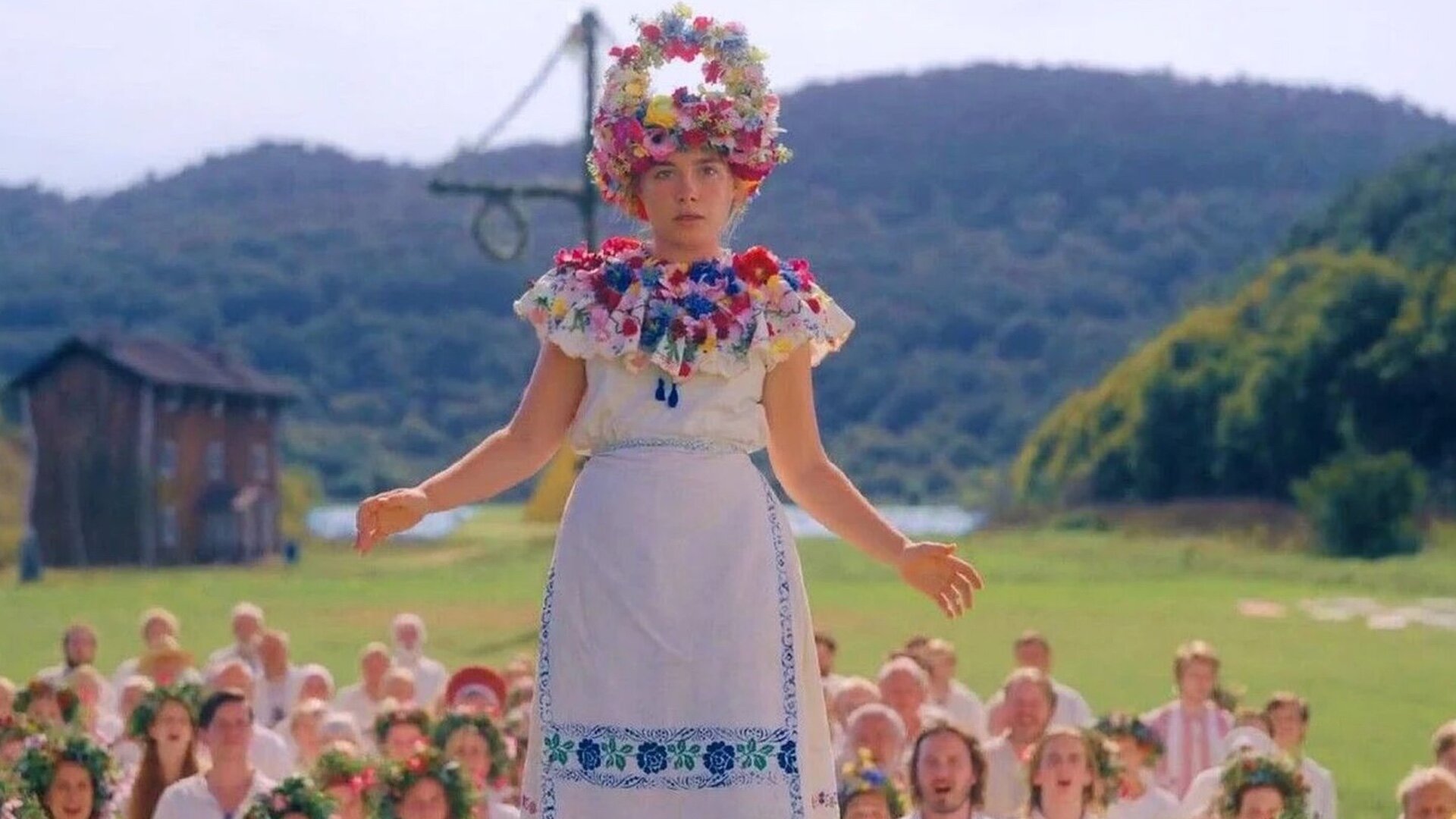
Follow us on social media: Twitter and Facebook.
Post Views:
6






